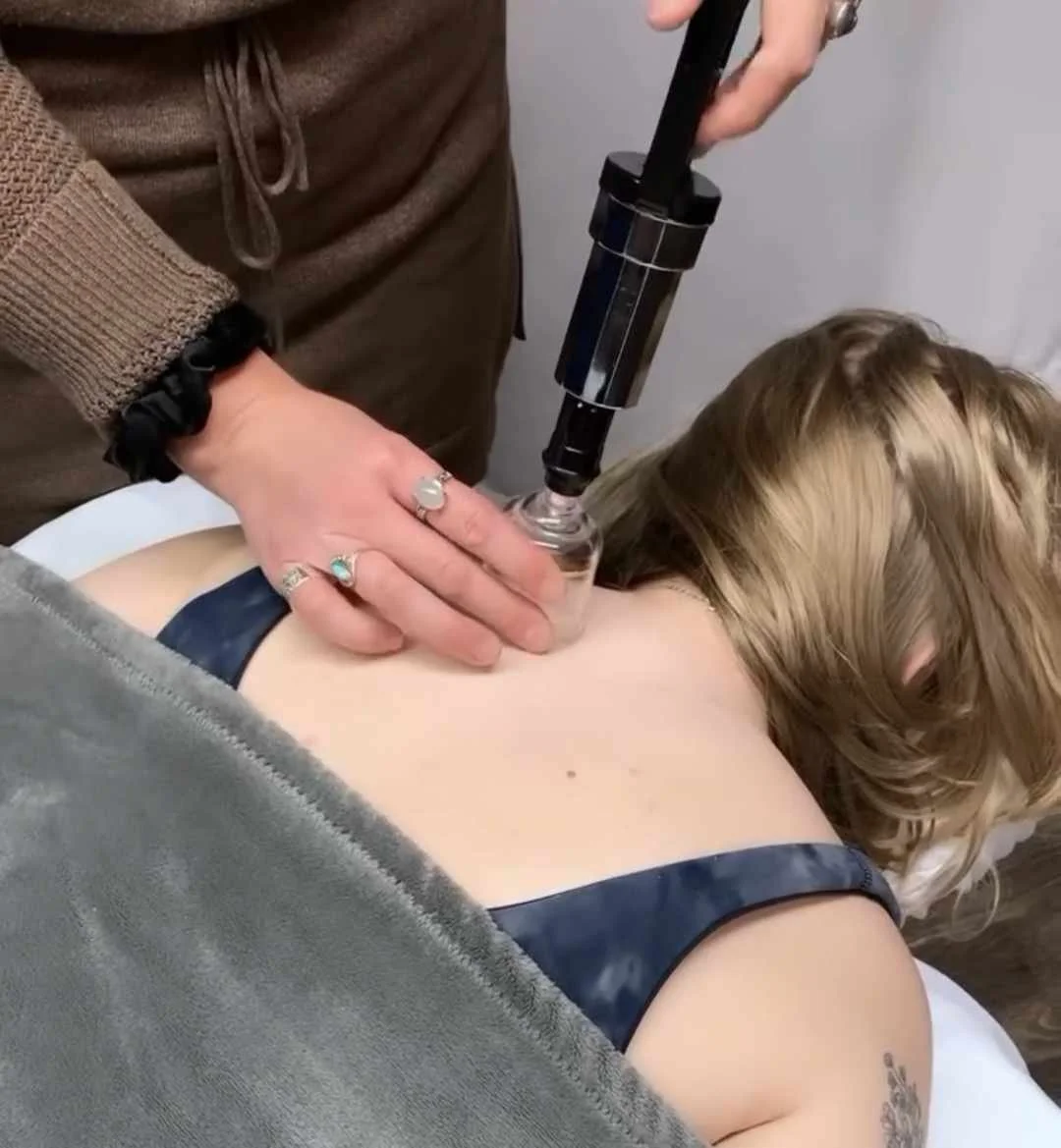
FAQ
Photo by MuwinMedia-
![]()
What can acupuncture treat?
Internal Medicine specifically lists around 150 common diseases, and their syndromes from a TCM theory. We hold treatment protocols for a variety of ailments.
Practitioners hold the understanding to treat those pesky seasonal coughs, colds, allergies, aches and pains. Our education included classes in: Gynecology, Orthopedics and Musculoskeletal Traumatology, Dermatology, Pediatrics, Ophthalmology and conditions of the ears, nose and throat. We have protocols for menstruation discomforts, psycho-emotional symptoms (anxiety, depression, insomnia), migraines, digestive issues - and more! Acupuncture is a deeply profound and effective medicine treating many different ailments.
-
![]()
What is Gua Sha?
Gua Sha is a skin scraping therapy in Traditional Chinese Medicine.
Gua Sha may be used to move Qi and reduce blood stasis. It brings blood and qi flow to the surface - it shares many of the same benefits as cupping. It hosts beneficial effects on musculoskeletal pain & can be very effective in treating issues like the cold/cough. This service is detoxifying. Much like 'cupping' treatments, GuaSha is not painful and offers excellent relief for tightness in the back and shoulders.
-
![]()
How big are Acupuncture needles and do they hurt?
Acupuncture needles vary in sizes, there are many different brands, companies and lengths. Some needles are coated or non-coated, some can even be gold plated. The measurements of needles are often listed as diameter and then length. I personally use smaller diameter needles (0.20-0.25) with lengths from 15mm to 50mm. The size of an average Acupuncture needle is slightly larger than a strand of hair but a quarter the size of a sewing needle. Acupuncture may elicit many different sensations - you may feel dull, achy, electric for a moment or energizing. Some points may elicit a muscular jump then a deep relaxation. Although many feelings may occur, acupuncture should never be painful. Patient comfort is my ultimate goal.
-
![]()
What is cupping?
Cupping is a manual therapy within Traditional Chinese Medicine that is effective in bringing pathogenic influences to the superficial level of your body - giving your body a helping hand in releasing those toxins and working to eliminate stagnation. Keely often utilizes this modality when indicated in Acupuncture treatments. Cupping is of benefit to blood and lymphatic circulation, it promotes cellular level repair, relaxing muscles and easing pain. Cupping stimulates the removal of toxins. There are a few methods of cupping - fixed, flash and suction.
This technique may be used in combination with other treatments depending on patient diagnosis & need.
-
![]()
How does AcuSculptng work?
AcuSCULPTING: Ideally, the protocol requires treatment frequency for best results. It’s likely the client will notice a slight change after the first session. Depending on the intended outcome these protocols need anywhere from 3 to 10 sessions before desired outcomes may be achieved.
How it works? Micro damage caused by acupuncture needles triggers collagen production in the skin and causes cell regeneration. The purposeful acute inflammation from the needles or cups brings a flow of blood to the area, including white blood cells benefiting cell repair. Acusculpting is a specialized cosmetic acupuncture system targeting the whole body. This protocol is designed to firm, lift, tighten and shape tissues and skin thereby ‘sculpting’ the face and body.
-
![]()
What does your TCM Practitioner mean when they talk about ‘Qi’?
The sensation that arises with needle insertion ... the way in which the body processes or protects itself ... our energy levels throughout the day?
All of the above. And, much, much more. Qi (pronounced as “chi / chee”) loosely translates to vital energy, or your life force. Qi moves throughout the body in all directions while keeping the body processes working smoothly. When inserting a needle, we as Acupuncturists look for a sensation, this is described as 'DeQi' and is the sensation of your body meeting the needle.







